1,4-Dianilinobenzene
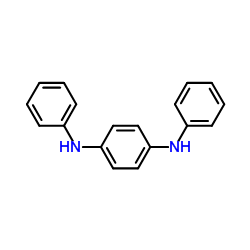
1,4-Dianilinobenzene structure
|
Common Name | 1,4-Dianilinobenzene | ||
|---|---|---|---|---|
| CAS Number | 74-31-7 | Molecular Weight | 260.333 | |
| Density | 1.2±0.1 g/cm3 | Boiling Point | 469.2±0.0 °C at 760 mmHg | |
| Molecular Formula | C18H16N2 | Melting Point | 143-145 °C(lit.) | |
| MSDS | Chinese USA | Flash Point | 297.0±13.0 °C | |
| Symbol |

GHS07 |
Signal Word | Warning | |
| Name | N,N'-diphenyl-1,4-phenylenediamine |
|---|---|
| Synonym | More Synonyms |
| Density | 1.2±0.1 g/cm3 |
|---|---|
| Boiling Point | 469.2±0.0 °C at 760 mmHg |
| Melting Point | 143-145 °C(lit.) |
| Molecular Formula | C18H16N2 |
| Molecular Weight | 260.333 |
| Flash Point | 297.0±13.0 °C |
| Exact Mass | 260.131348 |
| PSA | 24.06000 |
| LogP | 3.32 |
| Vapour Pressure | 0.0±1.1 mmHg at 25°C |
| Index of Refraction | 1.694 |
| Stability | Stable. Incompatible with strong acids, strong oxidizing agents |
| Water Solubility | <0.1 g/100 mL at 20 ºC |
CHEMICAL IDENTIFICATION
HEALTH HAZARD DATAACUTE TOXICITY DATA
MUTATION DATA
|
| Symbol |

GHS07 |
|---|---|
| Signal Word | Warning |
| Hazard Statements | H317-H412 |
| Precautionary Statements | P273-P280 |
| Personal Protective Equipment | dust mask type N95 (US);Eyeshields;Faceshields;Gloves |
| Hazard Codes | Xi:Irritant; |
| Risk Phrases | R43;R52/53 |
| Safety Phrases | S24-S37-S61 |
| RIDADR | NONH for all modes of transport |
| WGK Germany | 1 |
| RTECS | ST2275000 |
| Packaging Group | III |
| Hazard Class | 6.1 |
| HS Code | 2921590090 |
| Precursor 8 | |
|---|---|
| DownStream 10 | |
| HS Code | 2921590090 |
|---|---|
| Summary | 2921590090. other aromatic polyamines and their derivatives; salts thereof. VAT:17.0%. Tax rebate rate:13.0%. . MFN tariff:6.5%. General tariff:30.0% |
|
Skin sensitization potency and cross-reactivity of p-phenylenediamine and its derivatives evaluated by non-radioactive murine local lymph node assay and guinea-pig maximization test.
Contact Dermatitis 60(4) , 193-8, (2009) p-Phenylenediamine (PPD)-related chemicals have been used as antioxidants in rubber products, and many cases of contact dermatitis caused by these chemicals have been reported.The aim of this study wa... |
|
|
Insight into the mechanism of trypanosome lytic factor-1 killing of Trypanosoma brucei brucei.
Mol. Biochem. Parasitol. 118(1) , 33-40, (2001) It has been known for almost a century that normal human serum can lyse the extracellular blood parasite Trypanosoma brucei brucei. This process is a result of a non-immune killing factor in human ser... |
|
|
Antioxidative and apoptotic properties of polyphenolic extracts from edible part of artichoke (Cynara scolymus L.) on cultured rat hepatocytes and on human hepatoma cells.
Nutr. Cancer 60(2) , 276-83, (2008) Cultured rat hepatocytes and human hepatoma HepG2 cells were used to evaluate the hepatoprotective properties of polyphenolic extracts from the edible part of artichoke (AE). The hepatocytes were expo... |
| 1,4-Benzenediamine, N,N'-diphenyl- |
| 1,4-benzenediamine, N1,N4-diphenyl- |
| 1-N,4-N-diphenylbenzene-1,4-diamine |
| N,N'-Diphenyl-1,4-benzenediamine |
| p-phenylenediamine, N,N'-diphenyl- |
| dppd |
| N,N'-Diphenyl-1,4-phenylenediamine |
| n,n'-diphenylbenzene-1,4-diamine |
| 1,4-Benzenediamine, N,N-diphenyl- |
| N,N′-Diphenyl-1,4-phenylenediamine |
| 1,4-Dianilinobenzene |
| N,N′-Diphenyl-p-phenylenediamine |
| EINECS 200-806-4 |
| n,n'-diphenyl-p-phenylenediamine |
| 1,4-Bis(phenylamino)benzene |
| MFCD00003015 |
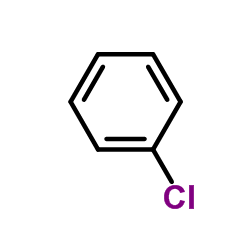 CAS#:108-90-7
CAS#:108-90-7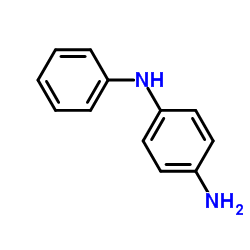 CAS#:101-54-2
CAS#:101-54-2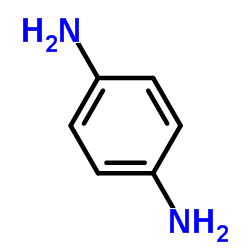 CAS#:106-50-3
CAS#:106-50-3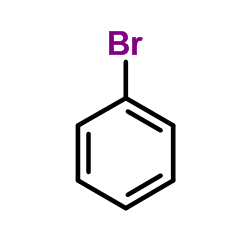 CAS#:108-86-1
CAS#:108-86-1 CAS#:126150-65-0
CAS#:126150-65-0 CAS#:109-79-5
CAS#:109-79-5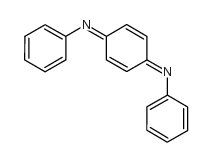 CAS#:6246-98-6
CAS#:6246-98-6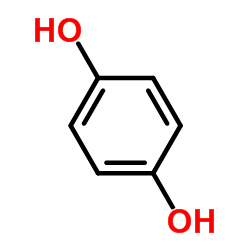 CAS#:123-31-9
CAS#:123-31-9 CAS#:14118-16-2
CAS#:14118-16-2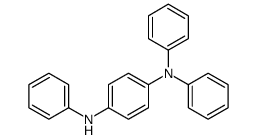 CAS#:19606-98-5
CAS#:19606-98-5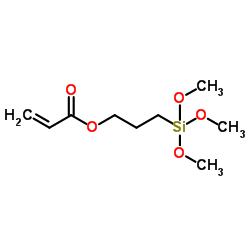 CAS#:4369-14-6
CAS#:4369-14-6![4-N-[4-(4-anilinoanilino)phenyl]-1-N-phenylbenzene-1,4-diamine structure](https://image.chemsrc.com/caspic/417/19099-70-8.png) CAS#:19099-70-8
CAS#:19099-70-8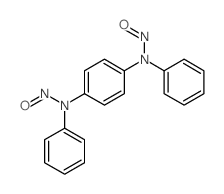 CAS#:2716-09-8
CAS#:2716-09-8 CAS#:824-69-1
CAS#:824-69-1 CAS#:101-87-1
CAS#:101-87-1 CAS#:17754-68-6
CAS#:17754-68-6 CAS#:88-99-3
CAS#:88-99-3
